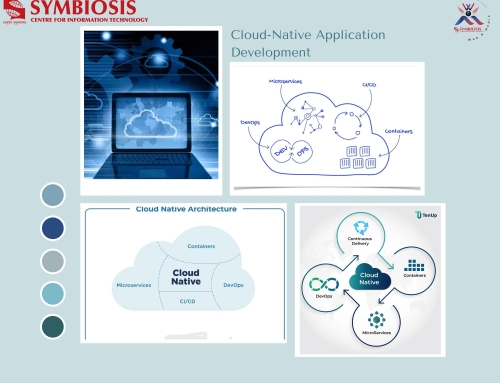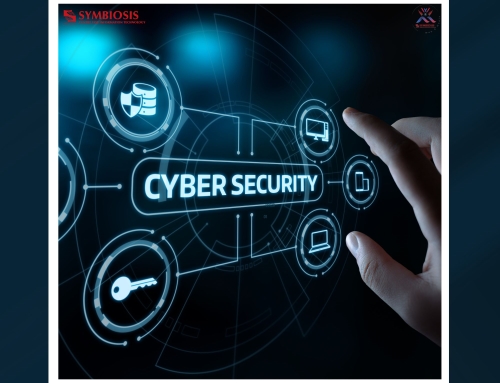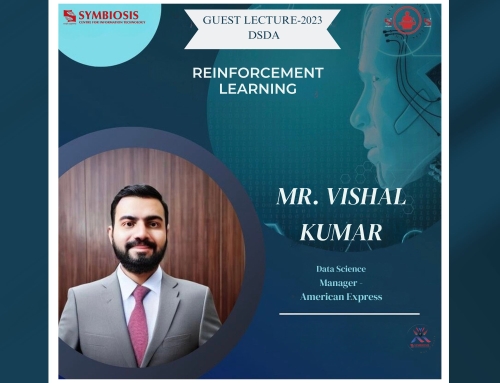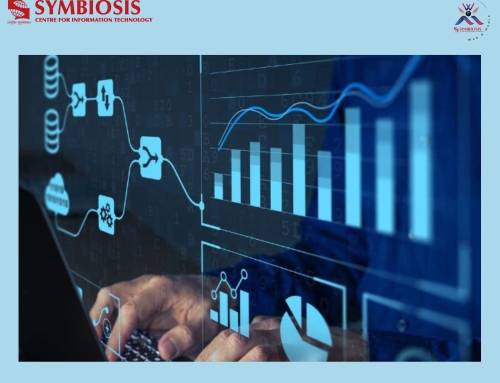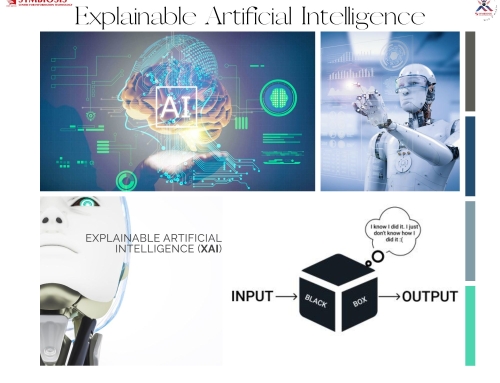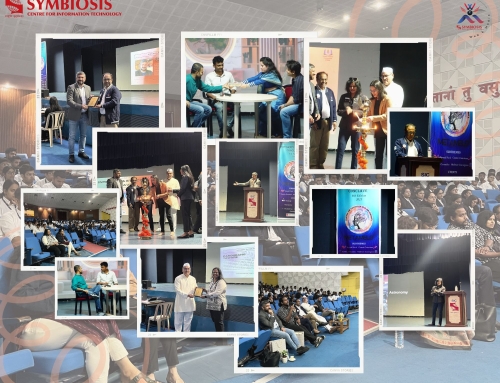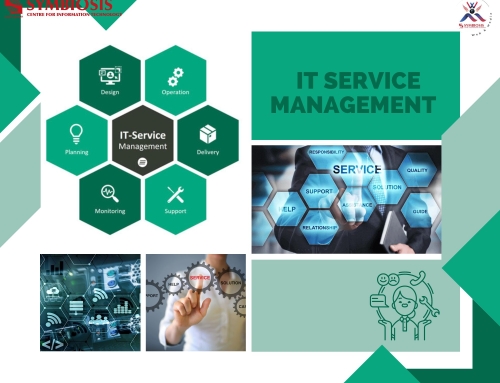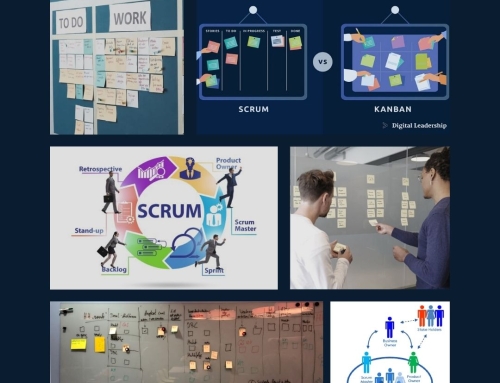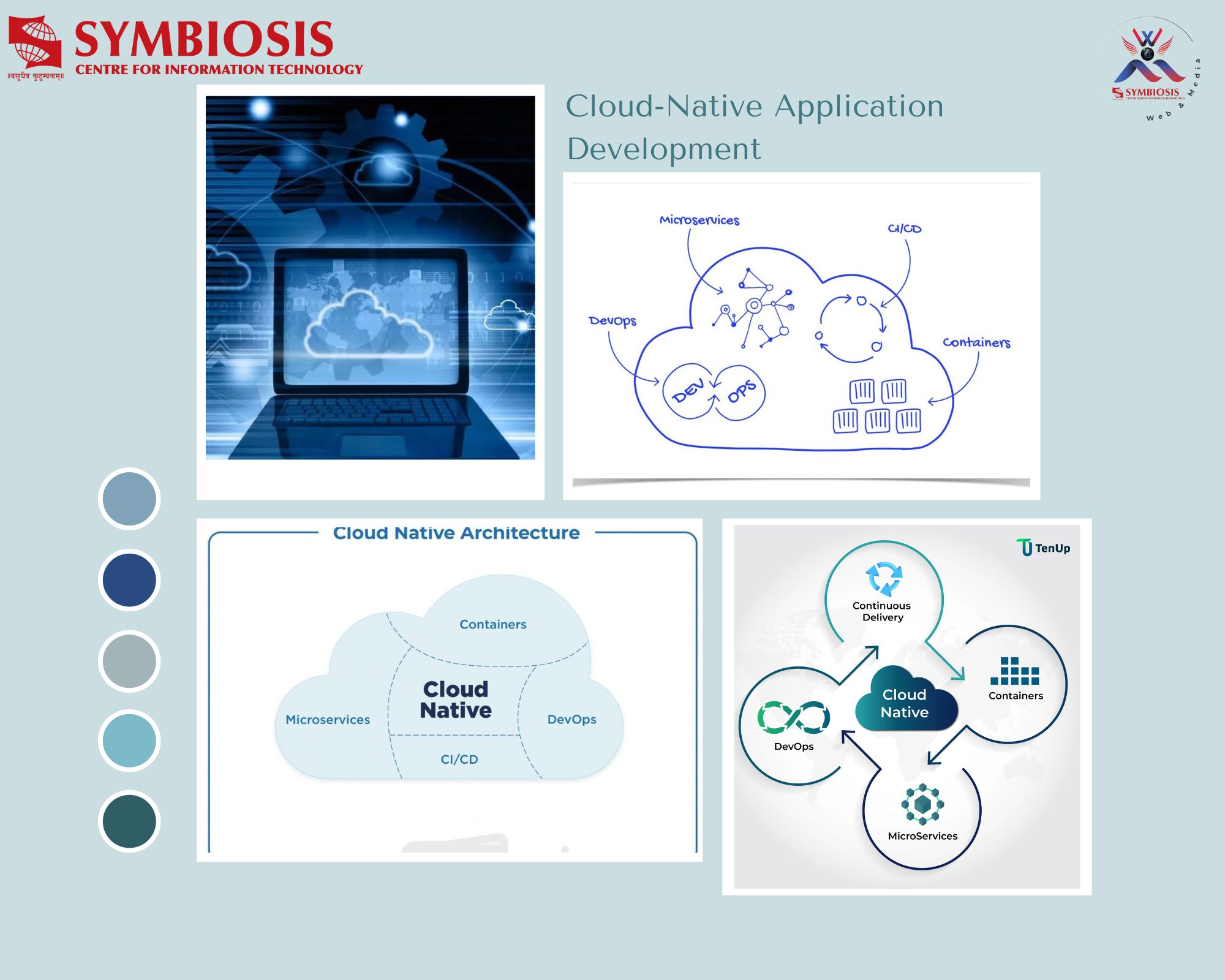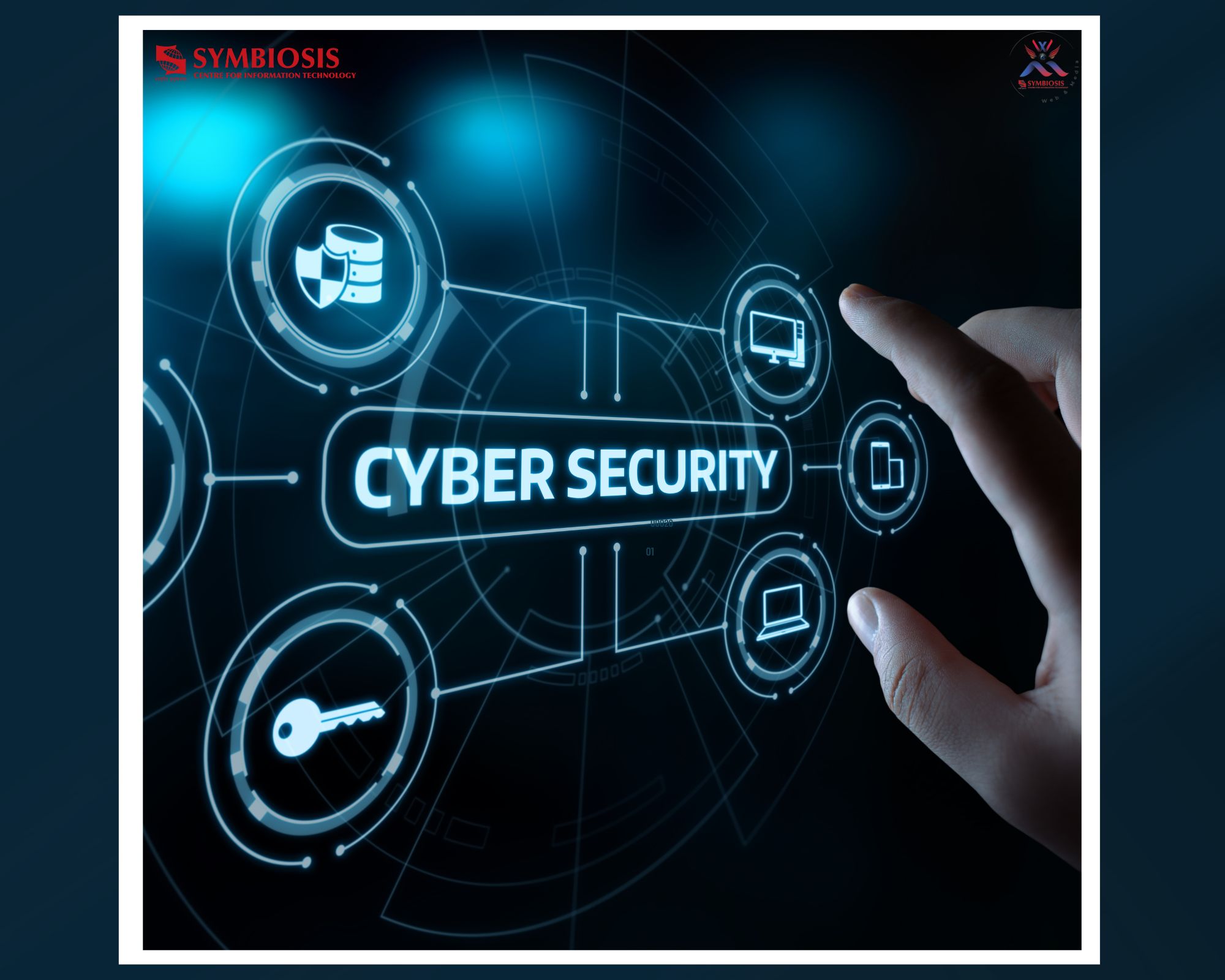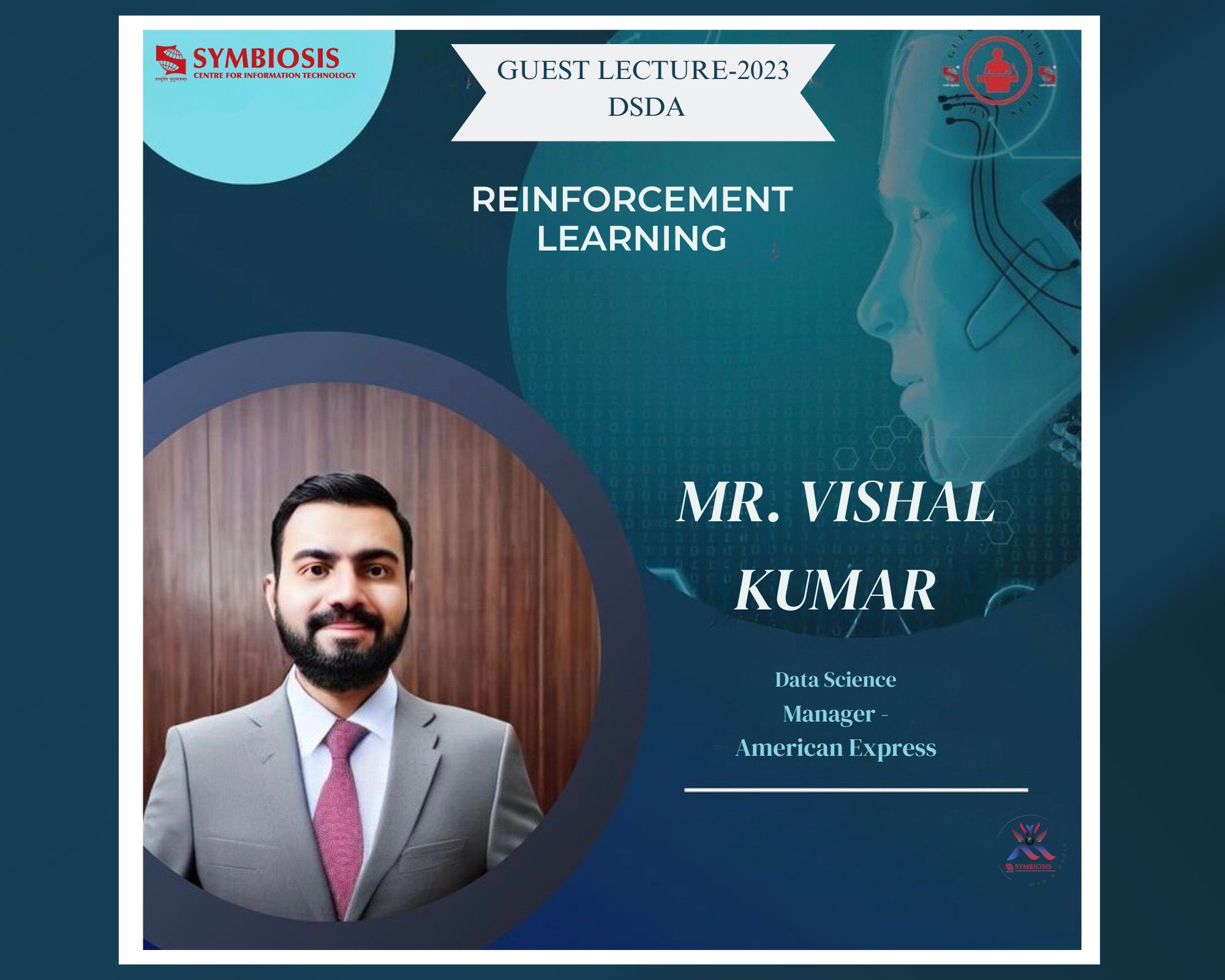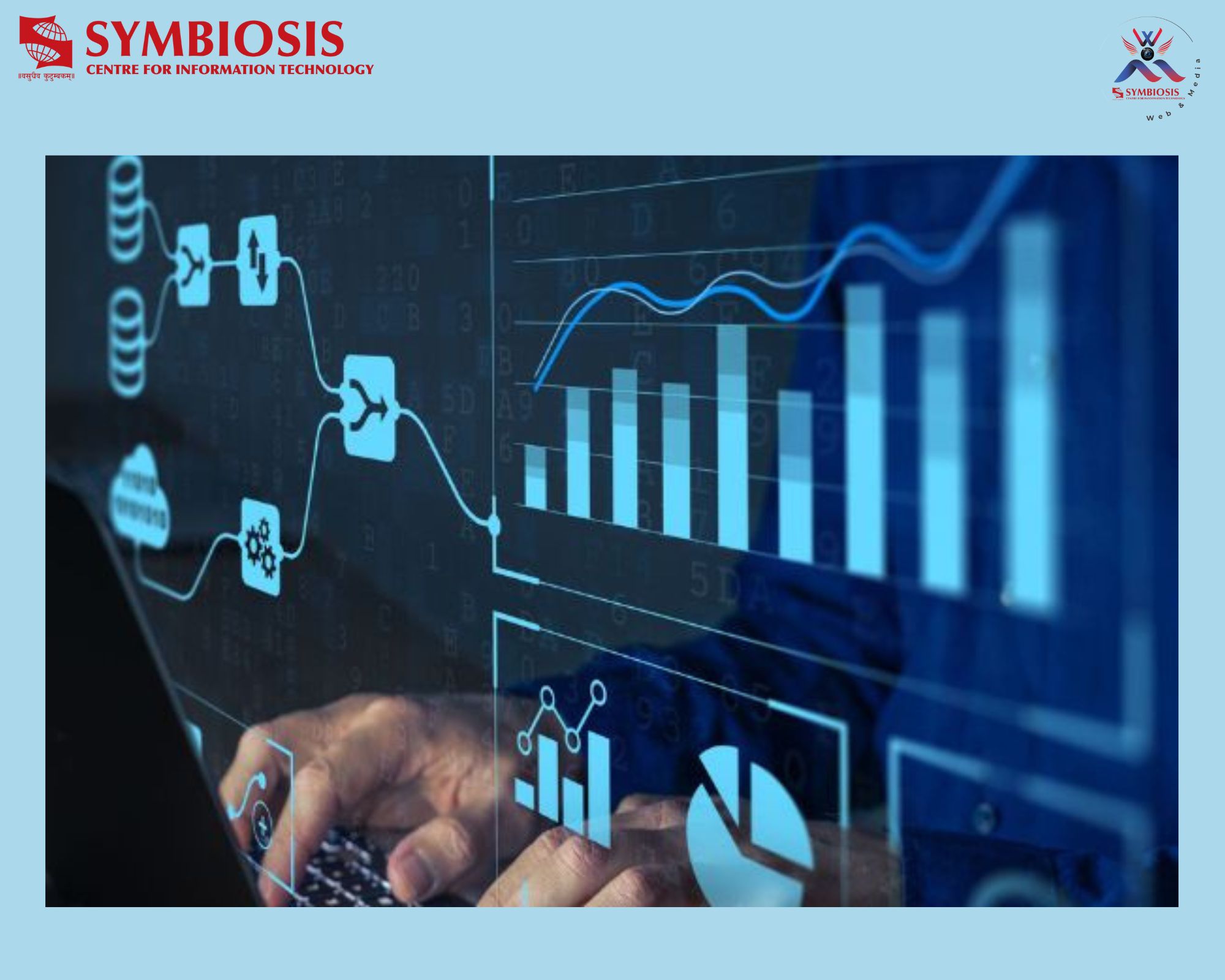Data Science and Analytics in Retail/CPG Industry
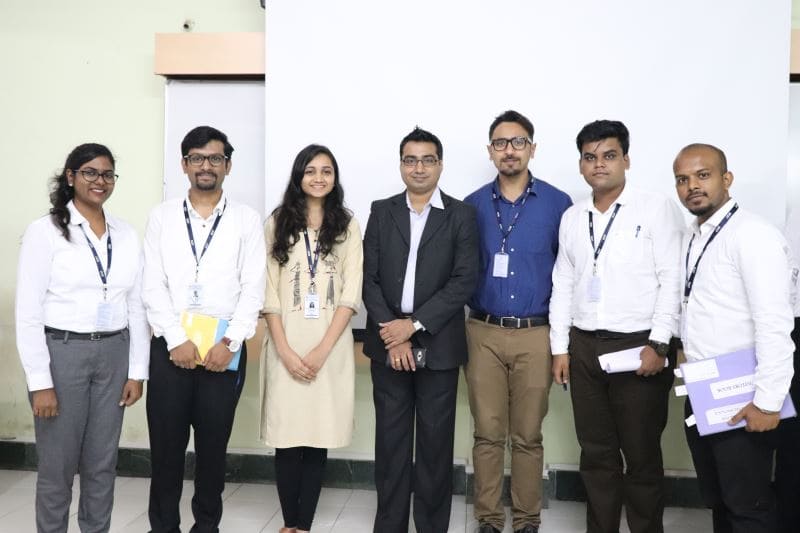
On 14th August 2018, a guest lecture for Data Science and Data Analytics students was conducted by Mr. Sameer Kale. He is the Manager of Data Science and Analytics Energy, Utilities and Services in Infosys.
It is said that “Without Data, you are just another person with an opinion”. We can clearly infer from this quote that how essential it is to analyze data and have some real time applications from the data processed. The data processed always shows some rational and factual aspects.
Data Science and Analytics is such a wide field, that it is practiced in every corner of the world. It is important to recognize what information we have and be able to analyze it in order to provide better factual results.
Data Science and Analytics in Retail and Consumer Packaged Goods Industries is not a buzzword, it has been residing in this field from the traditional era. But the practices involved in Data Science and Analytics are very different from the Modern era. Earlier ‘Reporting’ technique was in skilled. Reporting is the process of organizing data into informational summaries in order to monitor how different areas of a business are performing. But the disadvantage regarding reporting is that it is not interactive, and it can also be open to misinterpretation and misunderstanding. Also, whoever is creating the business report can produce biased messaging and provide people with potentially misleading information.
Today, the Advanced Real Time Analytics are in use. Firstly, while working in any industry we need to understand the customer’s requirements and accordingly use appropriate methods of Data Mining. Mr. Kale spoke about the well-known methods in Data Mining; Machine Learning/Deep Learning. Machine learning is an application of artificial intelligence (AI) that provides systems the ability to automatically learn and improve from experiences without being explicitly programmed. It focuses on the development of computer programs that can access data and use it learn for themselves.
He also emphasized about the latest trends in the field of Analytics, such as Machine Learning, Deep Learning, Computer Vision, IoT, Artificial Intelligence, Augmented Reality, etc. He also explained about the Data Science Life Cycle and tools used in it. The various steps involved in it include Data acquisition, Data preparation, Hypothesis and modeling, Evaluation and Interpretation, Deployment, Operations and Optimization. The commonly used tools are R, Python, Hadoop, SQL, etc.
He ended the session by making students aware about the various profiles and jobs in Data Science that are in demand currently. The knowledge gained in this session will help the students to make choices in the Data Science field in the upcoming years.

